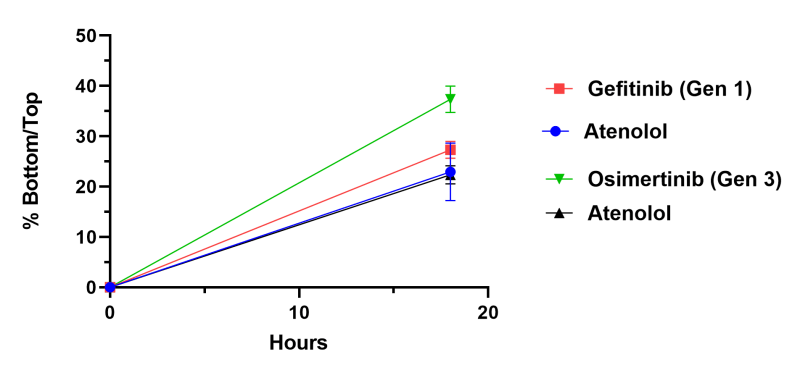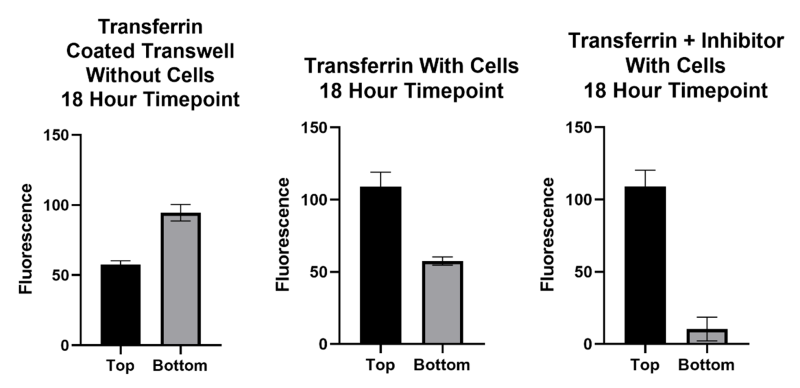Each morning the first thing a person does is think about their day. It may start with making coffee and taking the dog outside or waking the children up for school. No matter what the task is, every day begins with a thought, a movement, or a word that would not be possible without the most complex organ in the human body, the brain. Neurological disorders can be amongst the most frightening to hear when being diagnosed by a doctor. Multiple sclerosis, Alzheimer’s, Huntington’s disease, and Parkinson’s Disease are among those disorders which are constantly being observed in the brain. But imagine being diagnosed with an illness that is not typically located in the brain, but one that migrates there.
Visikol’s Blood Brain Barrier Model
Breast Cancer, along with other cancers, is an example of a disease that can spread to the brain which means the therapeutics used to treat the disease in these cases need to cross the blood brain barrier. Scientists at Visikol have redesigned their Blood Brain Barrier model to increase throughput and affordability, making it readily available for their clients. This assay utilizes human induced pluripotent stem cells (iPSC) derived Astrocytes, Pericytes, and Brain Microvascular Endothelial Cells to form the barrier in a transwell system. The cells are strategically added to the transwell membrane in a way to mimic that of an in vivo model. Once the cells are added to the transwell, the blood brain barrier begins to form and is measured using Trans-epithelial Electrical Resistance (TEER). The analysis of permeability for test articles of interest can be customized for the particular test article. Examples of these methods are LCMS/MS, plate reader, ELISA, and qPCR. This model can be used to assess the permeability of therapeutics to treat many different diseases.
EGFR Inhibitors
The graphs shown below are examples of the extensive validations these researchers have worked on. Figure 1 is a graph showing the LCMS/MS permeability results of Gefitinib and Osimertinib, which are two EGFR inhibitors used to combat multiple types of cancer including shrink brain tumors. Osimertinib, Generation 3, has improved permeability across the barrier when compared to Gefitinib, Generation 1. Figure 2 is showing the receptor mediated transcytosis of the Transferrin protein. The transferrin protein binds to the transferrin receptors on the cells of the blood brain barrier which carry it across. The inhibitor, Ferrostatin II, is a compound that binds to the receptor, blocking the transferrin protein from binding and being carried across.
If you are interested in learning more about this assay, or any of the other many new research opportunities at Visikol, please reach out to our team. We are always interested in working together with our clients as a team to develop customized assays to best suit their needs.

Figure 1: EGFR inhibitor compounds, Osimertinib and Gefitinib, compared to Atenolol, a general negative control compound.

Figure 2: Transferrin protein transcytosis performance in the absence and presence of Ferrostatin II.
If you are interested in learning more about this assay, or any of the other many new research opportunities at Visikol, please reach out to our team. We are always interested in working together with our clients as a team to develop customized assays to best suit their needs.
